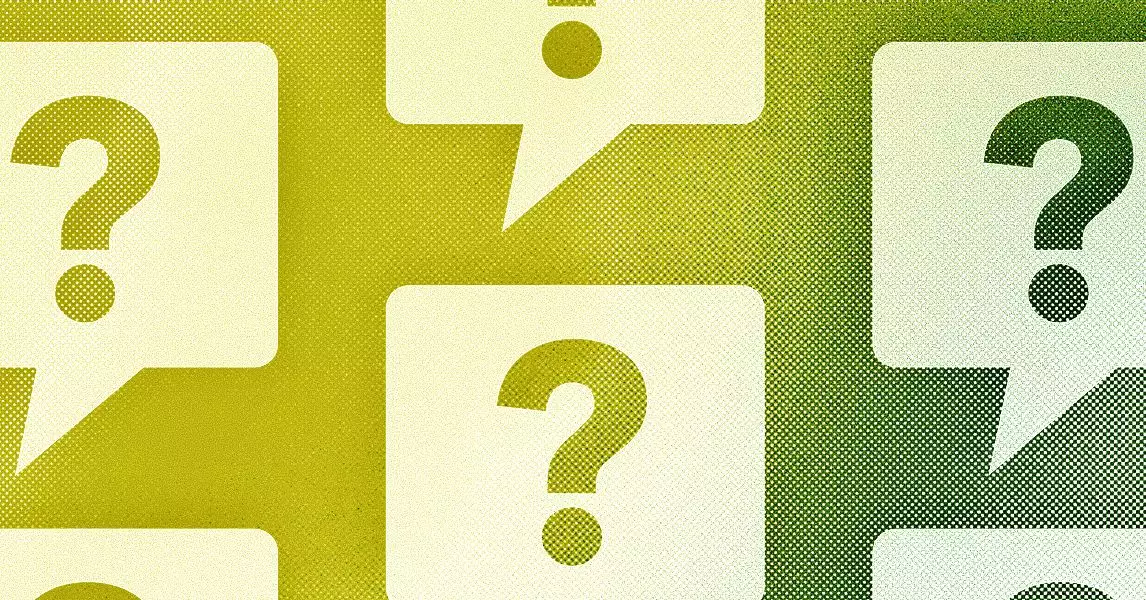Artificial Intelligence has rapidly infiltrated the creative industries, fundamentally altering how visual storytelling is crafted. Traditional methods, such as storyboarding for films and television, are under siege by AI-driven image generation tools. Visual artists who once meticulously drafted scenes now face a bleak outlook; their craftsmanship is increasingly replaced by algorithms capable of producing intricate visual sequences with minimal human intervention. While this technological leap promises efficiency and cost reduction for studios, it also raises profound concerns about the future of creative employment. High-budget superhero blockbusters, often lauded for their visual spectacle, are now leveraging AI-generated storyboards, blurring the line between human artistry and machine-assisted automation. This shift underscores a larger trend: AI’s potential to reshape the very foundation of visual storytelling, prompting us to question not only how stories are told but also who will tell them in the future.
The Economic Realities: Profit versus People
The Hollywood strike saga underscored the industry’s deep fears about AI’s encroachment on labor markets. Actors, writers, and crew members voiced collective anxiety, fearing that automation would erode roles historically held by skilled humans. While proponents argue that AI can augment creativity and streamline production, it’s evident that the primary beneficiaries are corporate studios seeking to maximize profits—cutting costs, reducing staffing, and accelerating project timelines. For workers, this translates into job insecurity and decreased bargaining power. The narrative is clear: technology might serve studios’ bottom lines, but it often sacrifices the livelihood of those who form the backbone of creative endeavors. This imbalance fuels ongoing debates about fairness, fair wages, and the preservation of human artistry within an industry increasingly driven by algorithms.
Opportunities Amidst Uncertainty
Contrary to the dystopian fears, not everyone in Hollywood views AI solely as a threat. Some groundbreaking filmmakers and producers are harnessing its potential for innovative storytelling. Directors like Darren Aronofsky, renowned for provocative films such as *Black Swan*, are pioneering AI collaborations, creating new avenues for artistic expression. Aronofsky’s partnership with Google’s DeepMind exemplifies how AI can be embedded within creative processes, potentially expanding the horizons of visual storytelling, special effects, and production design. Meanwhile, a subset of documentary filmmakers is actively integrating AI tools to streamline research, editing, and content generation, revealing an optimistic view where technology complements human insight rather than replacing it. These examples suggest that AI’s integration into film and television can catalyze novel storytelling approaches if wielded thoughtfully—that is, if industry leaders prioritize human-centered innovation alongside technological advancement.
The Broader Cultural Implications: Redefining Creativity
AI’s influence in entertainment prompts deeper questions about the nature of creativity itself. Is artistry diminished when algorithms generate visuals, or does it inspire a new form of creative synthesis? The industry’s struggle with AI reflects a broader cultural debate: can machines truly replicate the nuance, emotion, and cultural context that humans infuse into art? From a personal perspective, AI should be viewed as a tool—an extension of human imagination rather than a replacement. Artists and storytellers who embrace AI’s capabilities may find their work enriched, pushing the boundaries of imagination beyond what was previously possible. Still, this evolution demands critical engagement to ensure that technological progress enhances human expression rather than dilutes its authenticity. The challenge lies in maintaining a delicate balance—channeling AI’s power to serve storytelling while safeguarding the irreplaceable value of human touch and ingenuity.
As Hollywood stands at this crossroads, it’s clear AI’s role will be pivotal in shaping the future of visual storytelling. While the risks of job displacement and homogenization are real, the potential for innovation cannot be ignored. The industry must navigate this transition mindfully, fostering environments where AI tools serve as catalysts for growth rather than instruments of obsolescence. Creators, studios, and stakeholders need to collaborate, defining ethical frameworks and policies that prioritize human artisanship. Ultimately, the power of AI lies not in its ability to replace human creativity but in its capacity to amplify and elevate it—if wielded with intention and responsibility, it could usher in a new golden age of imaginative storytelling.

